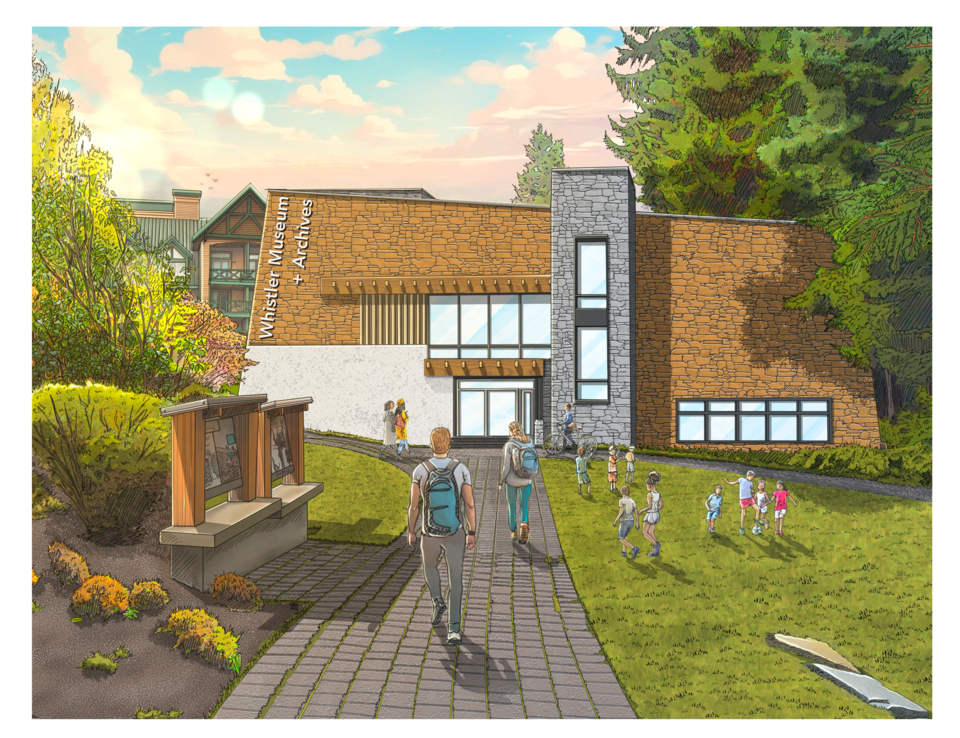The Resort Municipality of Whistler (RMOW) has signed off on its Fee For Service (FFS) fund allocations for 2024.
At the Jan. 23 council meeting, mayor and council voted for the municipality to vend out as much as $1,272,600 to five community-based not-for-profit organizations that do work in line with the RMOW’s Official Community Plan.
The five groups—The Sea to Sky Invasive Species Council (SSISC), Whistler Animals Galore (WAG), Whistler Off Road Cycling Association (WORCA), Whistler Museum, and Arts Whistler—will collectively receive almost $61,000 more than they did in 2023 as part of the FFS, or a five-per-cent boost.
The FFS funding is critical for the operation of the five groups, with the funds making up a large chunk of their annual operating costs. In presenting the rationale for the funding allocation, the RMOW’s general manager of community engagement and cultural services, Karen Elliott, said each group worked hard to apply all the funds efficiently and for the good of the community.
The funds come from the RMOW’s MRDT allocation (taxes from overnight stays at hotels in the community) and the general operations fund (property taxes).
The top recipient, Arts Whistler, put in an ask for $800,000 and will receive $577,500, of which $572,000 is from MRDT funds. In addition to FFS funds, Arts Whistler also benefited from Value In Kind (VIK) contributions from the RMOW to the tune of $871,833 in 2023. VIK contributions come in the form of rental subsidies.
Arts Whistler uses the funds to operate the Maury Young Arts Centre, cover staffing costs, and produce events.
The next largest recipient was WORCA, which asked for $282,750 and received $282,450, of which $279,760 comes from MRDT funds. WORCA uses its FFS funding for trail maintenance.
The last three recipients had all of their funding come from the RMOW general operating fund, meaning property taxes.
The Whistler Museum and Archives Society received $218,400—less than what it asked for, but $10,000 more than it received in 2023 and more than $20,000 above its 2022 funding.
The Museum also received a large chunk of VIK contributions from the RMOW in the previous year, including rental subsidies, gas fees, and project funding adding up to about $148,231.
WAG, which seeks to support and re-home lost dogs and cats, asked for $200,000 and got $120,750, but in 2023 received about $90,000 of VIK.
Finally, the SSISC asked for and received $73,500. The SSISC delivers services by the RMOW as critical to protecting Whistler’s biodiversity and ecosystems by minimizing the threat of invasive species that negatively impact the environment, the economy and human health.
SSISC funds go to program development, training, outreach, an invasive plant eradication field program, and more. Of all five groups to receive FFS funding, its share makes up the smallest percentage of its operating costs, at only 10.5 per cent.
As part of the FFS agreement, all five groups must allow an RMOW appointee to their board, must publicly acknowledge the funding, and report back on funding use. Their inclusion in the funding stream also limits their eligibility for other grants from the RMOW. All funds from the FFS must be spent within municipal boundaries.
Councillors voted unanimously to approve the funding allocation.




